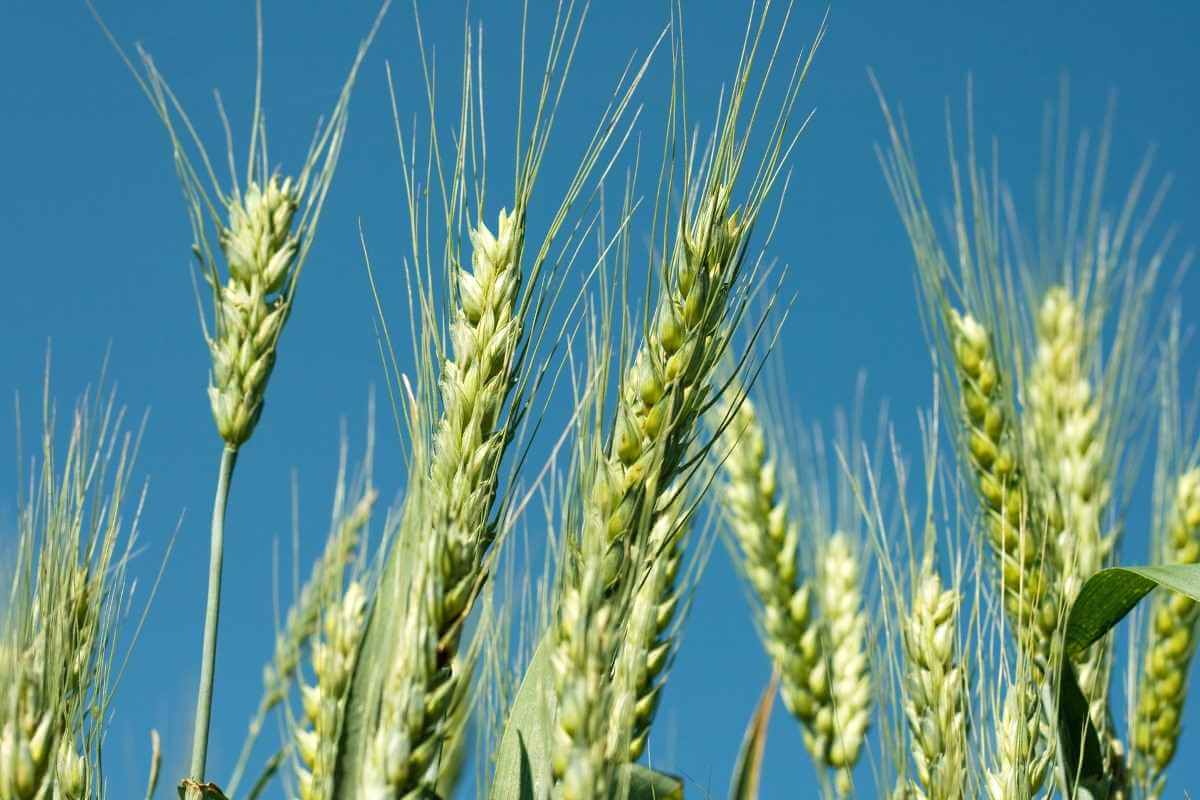
Wheat is a highly versatile and valuable cereal grain widely cultivated around the world, including various regions of Africa. Successful wheat farming requires a thorough understanding of the crop’s requirements and favorable regions for cultivation. In this comprehensive guide, we will explore the process of wheat farming in Africa, including favorable regions, soil requirements, planting techniques, and crop management practices.
Favorable Regions for Wheat Farming in Africa:
1.1. North Africa:
- Regions such as Egypt, Morocco, Algeria, and Tunisia have favorable climates for wheat farming.
- These areas offer cool winters and mild summers, creating ideal conditions for winter wheat cultivation.
1.2. East Africa:
- Ethiopia, Kenya, and Tanzania have suitable highland areas with cooler temperatures, making them favorable for wheat farming.
- The Ethiopian highlands, in particular, are known for their extensive wheat production.
1.3. Southern Africa:
- In countries like South Africa, Zambia and Zimbabwe, regions with higher altitudes and cooler temperatures are suitable for wheat farming.
- The Free State province in South Africa is known for its significant wheat production.
Soil Requirements:
- Wheat prefers well-drained soils with good water-holding capacity.
- Loamy or sandy loam soils with a pH range of 6 to 7.5 are most suitable for wheat cultivation.
- Soil fertility is crucial, so organic matter should be incorporated into the soil before planting.
Seed Selection and Preparation:
- Choose high-quality certified wheat seeds from reliable sources.
- Select wheat varieties that are well-adapted to the specific region’s climate and soil conditions.
- Pre-treat the seeds with recommended fungicides to protect against seed-borne diseases.
Planting Techniques:
- Determine the planting time based on the region’s climate and the recommended planting window.
- Prepare the seedbed by plowing or tilling the soil to a suitable depth, ensuring good seed-to-soil contact.
- Plant the seeds at the appropriate depth, typically 2 to 5 centimeters, using a seed drill or broadcasting method.
- Ensure proper spacing between rows to allow for adequate airflow and light penetration.
Crop Management:
2.1. Irrigation:
- Monitor soil moisture levels and provide irrigation as needed, especially during critical growth stages.
- The amount and frequency of irrigation depend on the soil type, weather conditions, and growth stage of the crop.
2.2. Fertilization:
- Conduct soil tests to determine the nutrient requirements of the wheat crop.
- Apply fertilizers, particularly nitrogen, phosphorus, and potassium, in accordance with the crop’s specific needs.
- Split the nitrogen application to provide adequate nutrition throughout the growth stages.
2.3. Weed Control:
- Implement effective weed control measures to prevent weed competition and minimize yield losses.
- Cultural practices such as crop rotation, proper seedbed preparation, and timely cultivation can help manage weeds.
- Herbicides may also be used following label instructions and recommended doses.
2.4. Disease and Pest Management:
- Monitor the crop regularly for signs of diseases and pests such as rust, powdery mildew, aphids, and Hessian flies.
- Practice crop rotation, use disease-resistant wheat varieties, and implement integrated pest management strategies.
- Fungicides and insecticides can be applied when necessary, following recommended guidelines and safety precautions.
Harvesting and Storage:
- Harvest the wheat crop when the grains are fully mature and the moisture content has reduced to the recommended level.
- Use appropriate harvesting equipment such as combine harvesters to ensure efficient and clean harvesting.
- Properly store the harvested wheat in well-ventilated facilities, protecting it from moisture, pests, and temperature fluctuations.
Wheat farming in Africa offers significant potential for food security and economic growth. By understanding the favorable regions for wheat cultivation, optimizing soil conditions, employing suitable planting techniques, and implementing effective crop management practices, farmers can achieve successful wheat production. It is important to adapt the guidelines to local conditions, seek advice from agricultural experts, and stay updated with the latest research and best practices. With dedication and knowledge, African farmers can contribute to the thriving wheat industry and meet the region’s growing demand for this vital staple crop.
Stay updated with the latest farming tips and agriculture industry news from Africa by subscribing to our newsletter. Don’t miss out on valuable insights and updates. Follow us on Twitter, LinkedIn, and Facebook to join our farming community and stay connected with us.




















Leave a Reply